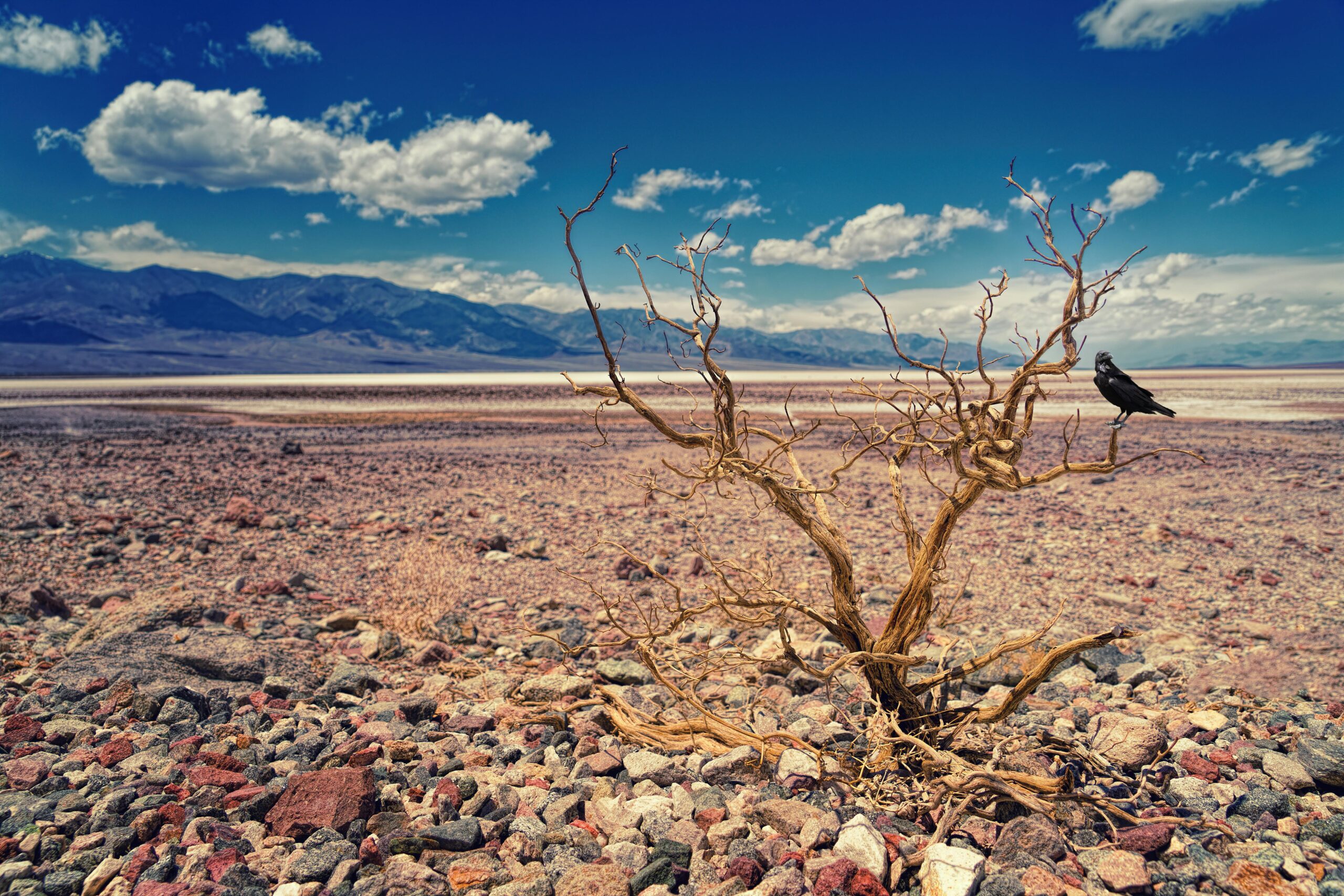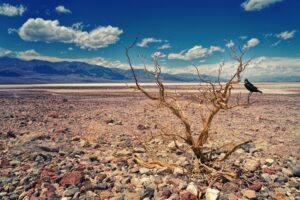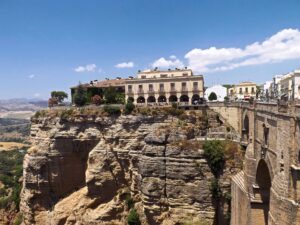The Thirsty Shores of Costa del Sol
- May 2, 2024

Costa del Sol, renowned for its stunning beaches, vibrant culture, and warm Mediterranean climate, is facing an unprecedented challenge – a severe drought. While the region is accustomed to long, dry summers, recent years have seen a significant decline in rainfall, placing immense pressure on water resources and the local ecosystem. This article delves into the causes, impacts, and potential solutions to the drought gripping the shores of Costa del Sol.
Causes of the Draught
- Climate Change: Global climate patterns have shifted, leading to erratic weather conditions and reduced precipitation in many regions, including southern Spain. Rising temperatures increase evaporation rates, exacerbating drought conditions.
- Poor Water Management: Inefficient water management practices, including excessive extraction from aquifers and inadequate infrastructure for water storage and distribution, have strained water resources in Costa del Sol. Unchecked urbanization and tourism development have further compounded these challenges.
- Deforestation and Land Degradation: Destruction of natural habitats, such as forests and wetlands, disrupts the water cycle, diminishing rainfall and exacerbating soil erosion. Loss of vegetation reduces groundwater recharge and exacerbates water scarcity.
Impacts
- Economic Strain: The tourism industry, a vital pillar of the regional economy, suffers as water restrictions impact recreational activities and agricultural output dwindles. Businesses reliant on water-intensive activities, such as golf courses, water parks and private accommodations with pools face financial losses.
- Environmental Degradation: Reduced water availability stresses ecosystems, leading to habitat loss, wildlife displacement, and diminished biodiversity. Declining water quality in rivers and reservoirs further jeopardizes aquatic life and ecosystems.
- Social Disruption: Water scarcity affects residents’ daily lives, with households facing restrictions on water usage for domestic purposes. Agricultural communities endure crop failures and income losses, exacerbating poverty and food insecurity.
Mitigation Strategies
- Water Conservation: Implementing water-saving measures, such as efficient irrigation techniques, promoting drought-resistant crops, and incentivizing water-efficient appliances in households and businesses, can help reduce water consumption.
- Investment in Infrastructure: Developing water infrastructure, including desalination plants, wastewater treatment facilities, and water recycling systems, can augment water supplies and reduce reliance on dwindling natural sources.
- Ecosystem Restoration: Restoring degraded ecosystems, such as forests, wetlands, and riparian zones, enhances water retention, improves soil moisture, and fosters biodiversity. Green infrastructure projects can mitigate the impacts of drought while providing additional environmental benefits.
- Policy Reforms: Enforcing regulations to curb excessive groundwater extraction, promoting sustainable land use practices, and incentivizing water conservation through pricing mechanisms are essential for long-term water security.
The drought in Costa del Sol underscores the urgent need for coordinated action to address water scarcity and build resilience against future droughts. By implementing sustainable water management practices, investing in infrastructure, and prioritizing ecosystem conservation, Costa del Sol can navigate through the current crisis and safeguard its natural resources for future generations. Only through collective efforts can the shores of Costa del Sol remain vibrant, resilient, and thriving amidst the challenges of a changing climate.




















